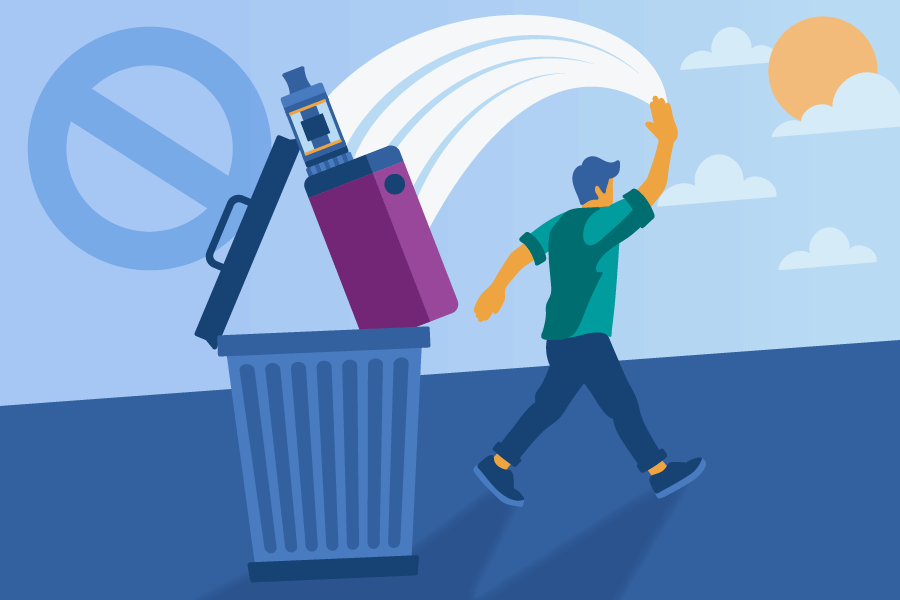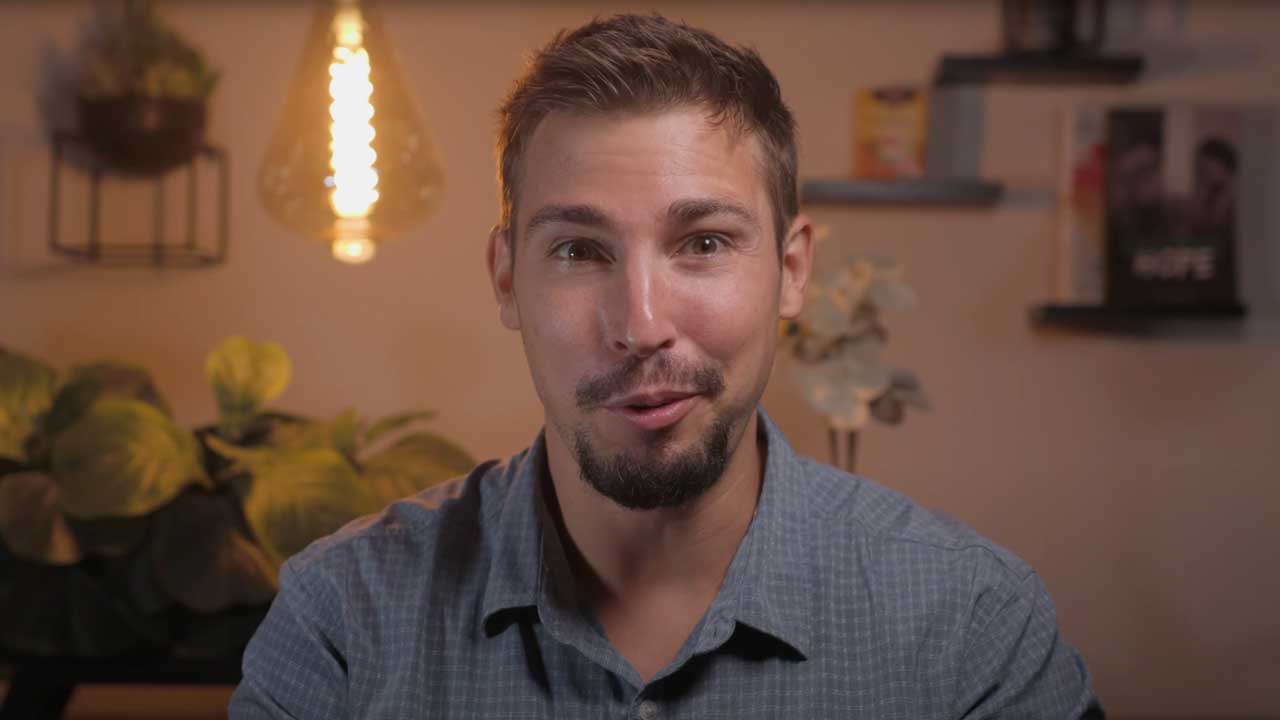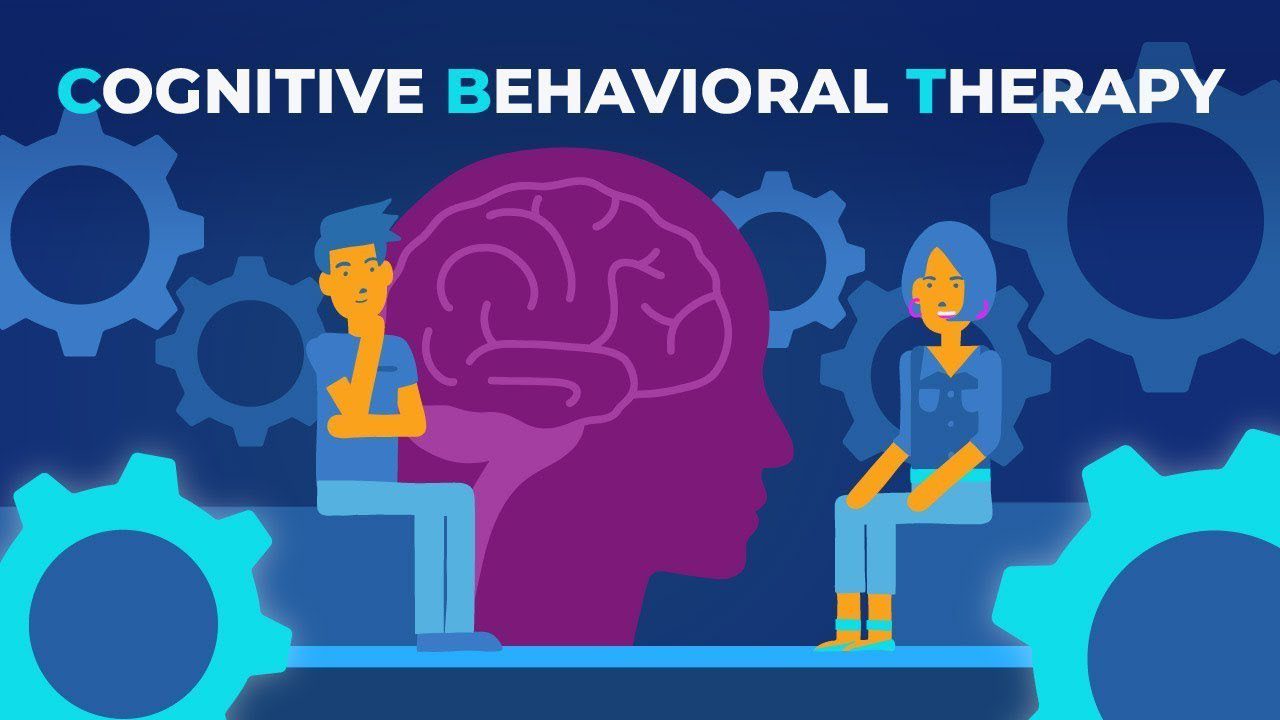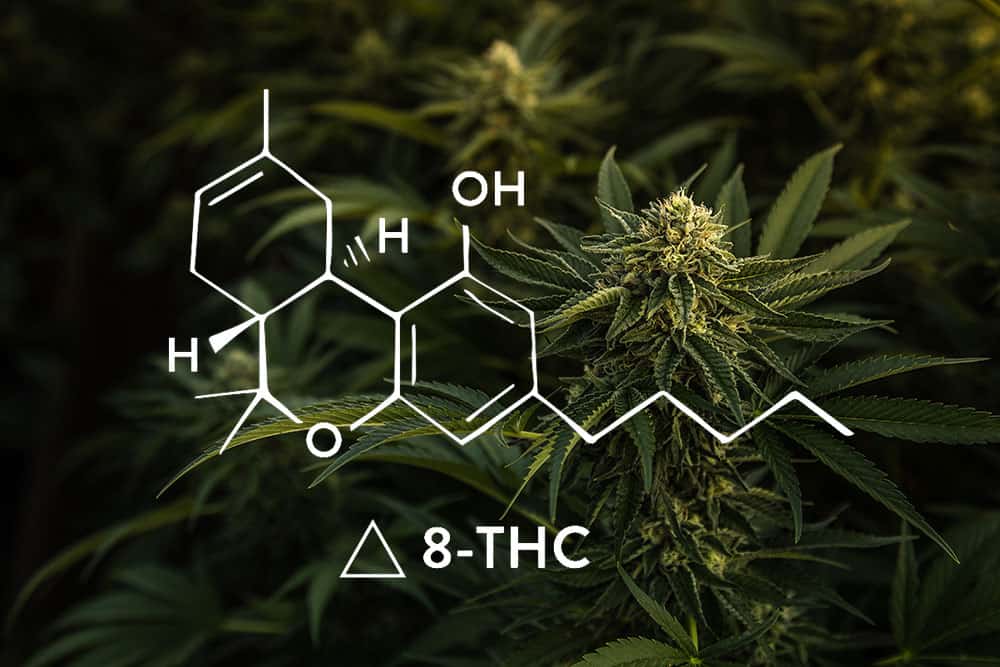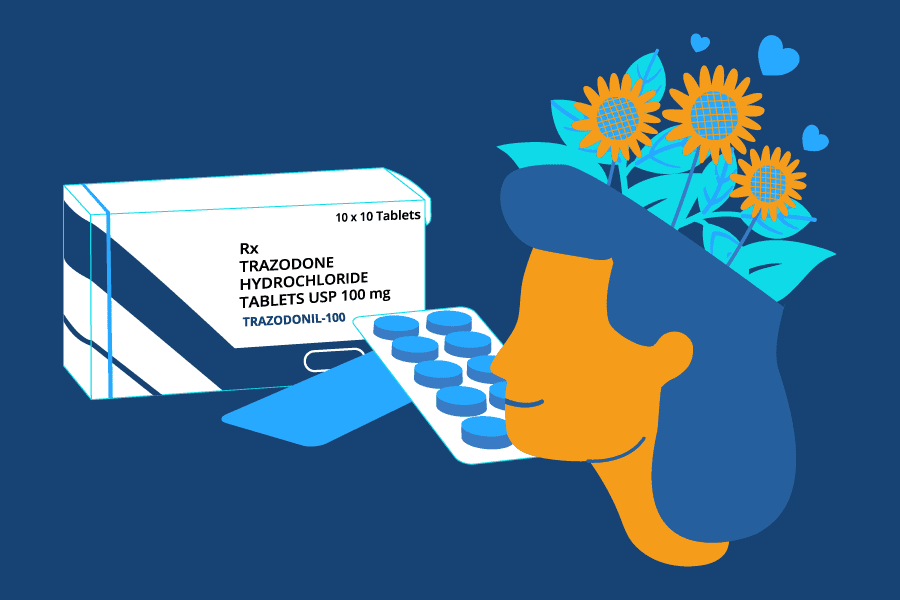Vaping Addiction
Vaping is a form of tobacco-free smoking. It is popular as an alternative to smoking cigarettes and other tobacco products, especially among young adults and young people.
However, this does not mean that vaping is healthy or safe. Vaping nicotine is still addictive and comes with many unhealthy effects.
Despite its unhealthy effects, approximately 23.5 million people 12 and older have reported using vapes. About a quarter of all high school students reported having used vapes or e-cigarettes in 2019.
Recognizing the signs of vaping addiction in yourself, your loved one, or your child is crucial for exploring ways to stop smoking and prioritize improved physical and mental health.
What Are the Signs of Vaping Addiction?
Some of the signs of vaping addiction include:
- Intense cravings
- Mood swings
- Headaches
- Dizziness
- Withdrawal symptoms
- Compulsive urges to vape
- Vaping at inappropriate times, such as in smoking-prohibited areas, at school, during work, and more
- Hiding the frequency of use or lying about how often you vape or how much money is spent on vape products
- Increased feelings of anxiety
- Disinterest in previous hobbies
- Compromised physical health and fitness
- Feelings of isolation or self-isolation practices
A person does not have to have all of these signs to have a vaping addiction.
Recognizing just some of these signs can be enough to contact a professional treatment center like Sandstone Care about the possibility of vaping addiction and treatment.
There can also be misunderstandings about the risks of vaping.
Those who vape may consider it a healthy alternative, like the difference between inhaling smoke and inhaling the steam from a hot shower.
However, this comparison can diminish the effects of nicotine and its addictive properties.
What Is Considered Heavy Vaping?
While there is no definite metric to determine heavy vaping, using more than 10 mL of e-liquid or refilling multiple times a day is typically considered heavy vaping.
However, the vapers used can add nuance. It is crucial to use these numbers as a guideline rather than a definitive metric.
If you think you or your loved one may be vaping too much, talking to a professional is the best way to explore the effects of vaping and the signs of vaping addiction.
How Do You Know if Your Vape Is Making You Sick?
Persistent vape use can have many physical effects on your body that can make you feel sick, including:
- Persistent cough
- Shortness of breath or becoming easily winded
- Chest pain
- Nausea
- Vomiting
- Headache
- Sore throat
- Dizziness
- Chills
- Persistent fatigue
Vapes are much more than a stick that releases steam. An increase in these feelings, alongside an increase in vape use and smoking, can indicate a relation between the two.
Stopping the use of vapes when noticing these symptoms can help you stop feeling sick.
How Do You Know if Vaping Is Hurting Your Lungs?
While many people may see vaping as an alternative to smoking cigarettes or like inhaling the warm vapor in the shower, there is no safe level of vape use. Vaping can always harm the lungs.
E-cigarette and vaping-associated lung injury, or EVALI, is always possible.
These symptoms can include shortness of breath, cough, chest pain, fatigue, and more.
While some symptoms may last for a day or so, others can persist for weeks.
What Are Signs of Popcorn Lungs From Vaping?
Bronchiolitis obliterans, commonly known as “popcorn lung,” is a common side effect of vaping. Some signs of popcorn lung include:
- Coughing
- Persistent shortness of breath
- Physical fatigue
- Tiredness
- Wheezing, even when not engaged in physical activity
Benefits of Quitting Vaping
Quitting vaping is always possible and can have many health benefits.
While it can be difficult to quit smoking vapes, working with professionals at Sandstone Care can help you create a quit plan that addresses your needs to navigate your quitting journey.
Do You Really Feel Better After Quitting Vaping?
Absolutely! While quitting is difficult, you will feel better when you commit to quitting vaping.
Some of these benefits of quitting include:
- Improved mental health and less anxiety
- Healing of the lungs
- Regaining a feeling of control of daily life
- Reducing stress
- Improved physical health and ability to engage in healthy physical activity
- Repairing senses of taste and smell
- Improved self-esteem
- Better sleep
Decreased feelings of guilt, shame, and depression are also common when quitting vaping.
Many also report feeling more independent after they quit vaping.
You may feel as if nicotine is not controlling your thoughts and behaviors anymore, introducing more clarity and freedom.
Does Your Body Go Back to Normal After Quitting Vaping?
Yes. The body can typically heal once you stop smoking and vaping.
However, it takes time. Alongside stopping smoking, ensuring that you engage in healthy activities and exercise, dieting, and self-care can be important once you stop smoking.
Will My Lungs Feel Better if I Stop Vaping?
Yes. Given time and the opportunity to heal, it is common for the lungs to feel better over time.
Vapes contain many harmful chemicals that can affect the lungs. Heavy metals like nickel and diacetyl, which is used in the flavoring of many vapes, can cause damage to the lungs.
Smoking cessation is important to allow the lungs to heal.
This means not just stopping vaping and e-cigarette use, but committing to healthy practices like dieting and physical exercise to help improve lung function to aid in healing.
Will My Gums Heal if I Stop Vaping?
Yes. While the gums can be damaged due to vaping and smoking, they can also heal once you have stopped vaping.
What Happens to Skin When You Stop Vaping?
Vaping can have a large impact on the health of your skin, such as causing dry skin. Many vapes and e-liquids can also be irritants if they make contact with your skin.
Stopping vaping can allow the skin to heal without exposing it to additional irritants or unhealthy practices. This can result in clearer skin.
Will I Sleep Better if I Quit Vaping?
Vaping can disrupt sleep cycles by causing breathing difficulties, coughs, anxiety, headaches, and other mental health challenges.
Nicotine withdrawal, urges, and cravings can also make it difficult to get a good night’s sleep by making it difficult to fall asleep, stay asleep, or lessen the overall quality of sleep.
Quitting vaping can address these challenges, improving the quality and consistency of sleep.
Working with a healthcare professional or the professionals at Sandstone Care can help you make a plan to overcome these challenges, resulting in improved quality of sleep once you quit vaping.
Ways to Stop Vaping
How to Quit Vaping Cold Turkey?
Quitting vaping cold turkey is difficult. Those living with vape addiction can experience nicotine withdrawal symptoms that make this initial part of stopping vaping incredibly challenging.
Some common withdrawal symptoms that you may experience when quitting cold turkey include:
- Intense urges and cravings
- Nausea
- Shaking
- Increased irritability, anger, or being easily frustrated
- Anxiety
- Depression
- Difficulty sleeping
- Difficulty focusing on tasks
Working with professionals to provide mental health and detox support, and creating a support system with friends, family members, and loved ones, is all necessary to overcome this challenging time.
Establishing other stress relief outlets, hobbies, professional support, and emotional support can help you navigate nicotine withdrawal to begin your quitting journey.
Having friends and family members commit to creating a vape-free environment and holding you accountable during this time can also help when quitting cold turkey.
How to Clear Lungs From a Vape?
There is no way to “speed up” clearing your lungs. The only way for the lungs to clear is with time without introducing more smoke.
How to Use Nicotine Gum to Quit Vaping?
Choosing a quit date and using nicotine gum with guidance from a professional to find the right dose is the best way to use nicotine gum to quit vaping.
However, nicotine gum is not a replacement for other treatments.
It is most effective when combined with consistent treatment and therapy like from professional healthcare providers and addiction specialists.
Stages of Quitting Vaping
How Do You Quit Vaping?
Quitting vaping is hard. Focusing on individual stages of healing leads to the most successful attempts at quitting. This timeline of quitting may look like this:
- Calling a quitline such as 1-800-quit-now to get information from trained quitting coaches
- Choosing a quit date when you will stop vaping
- Talk to a healthcare provider or professional at Sandstone Care about what to expect when first quitting and any resources necessary
- Consider professional addiction treatment programs, especially detox, to navigate nicotine withdrawal symptoms and mental health challenges
- Follow through with professionals to set the next stage of treatment
For many, quitting vaping is not something that is quickly or easily “completed.” Rather, it is a process. It is also common to still experience urges and cravings after treatment.
How Long Does It Take To Quit Vaping?
Quitting vaping with the right support can typically bring positive results in two to four weeks. However, each person’s journey will look different.
Your journey overcoming addiction is not done at the end of these few weeks.
Rather, you will still have to navigate continued urges and cravings and develop daily strategies to maintain your smoke-free life.
What Day of Quitting Vaping Is the Hardest?
The very first days of quitting vaping are typically the hardest.
During the first week, withdrawal symptoms are at their most intense. It is also when you may still be developing effective coping strategies.
However, it does get easier with time. Working with professionals during this time can support your best results.
Vaping Withdrawal Symptoms
What Happens to Your Body When You Quit Vaping Cold Turkey?
Quitting cold turkey is challenging. Persistent and excessive use of vapes can “program” the body to expect the use of nicotine. When suddenly stopping the use of vapes, the body can react drastically.
Nausea, shaking, headaches, intense cravings, restlessness, and more are all common nicotine withdrawal symptoms. Fatigue and unexplained aches are also common.
It is common for someone to return to vaping to get these withdrawal symptoms to stop, even if they know it will make them feel worse in the long run.
Professional support, family support, and an effective quit plan are all part of quitting cold turkey.
What Happens to Your Brain When You Quit Vaping?
The brain can also react intensely when suddenly quitting vaping cold turkey. Feelings of anxiety, irritability, anger, and more are all common withdrawal symptoms.
Difficulty concentrating, mood swings, difficulty sleeping, and more are also common. However, this is the brain reprogramming itself to no longer expect nicotine or vaping in daily life.
While uncomfortable, these withdrawal symptoms are signs the brain is adjusting to life without nicotine.
Are Vaping Withdrawals Dangerous?
While vaping withdrawal is certainly uncomfortable, withdrawal is not dangerous or life-threatening.
However, there are medications and therapies to help you navigate discomfort in withdrawal.
Replacements for Vaping
What to Do Instead of Vaping?
One of the most common replacement approaches for vaping is nicotine replacement therapy (NRT).
NRT uses nicotine gum or patches in combination with professional addiction treatment to replace vaping with healthier alternatives.
These patches decrease in intensity over time, easing you off of nicotine addiction.
Using NRT alongside dedicated addiction healing practices and treatment can result in the best approach to your quit plan.
Using NRT in addiction recovery can increase your chances of successfully quitting by an estimated 50 to 70 percent.
What Are Two Healthy Alternatives to Vaping?
NRT and drinking water to occupy your hands and mouth can be potential alternatives to vaping.
Working with Sandstone Care to explore your personal treatment options and replacements is the best way to find a replacement that works best for you.
What Can I Eat Instead of Vaping?
For some, vaping can be addressed through having something to eat can keep you occupied.
Some alternatives to address this “oral fixation” include:
- Bubble gum
- Carrots
- Nuts
- Lollipops
- Hard candies
Even using toothpicks can satisfy this approach to replacing vapes!
Vaping Treatment
What Treatment Helps With Vaping Addiction?
NRT, cognitive-behavioral therapy (CBT), experiential therapies, and group therapy programs are all typical parts of an effective treatment plan to overcome vaping addiction.
However, effective plans can always be personalized to your needs. Calling to learn about each treatment facility’s programs and options can help you make the most informed decision for your recovery efforts.
Can You Go to Rehab for Vaping?
Yes. Some treatment facilities do offer rehab programs for vaping and smoking.
Calling Sandstone Care for treatment or your local treatment facility to explore potential options is the best way of understanding the rehab options available.

